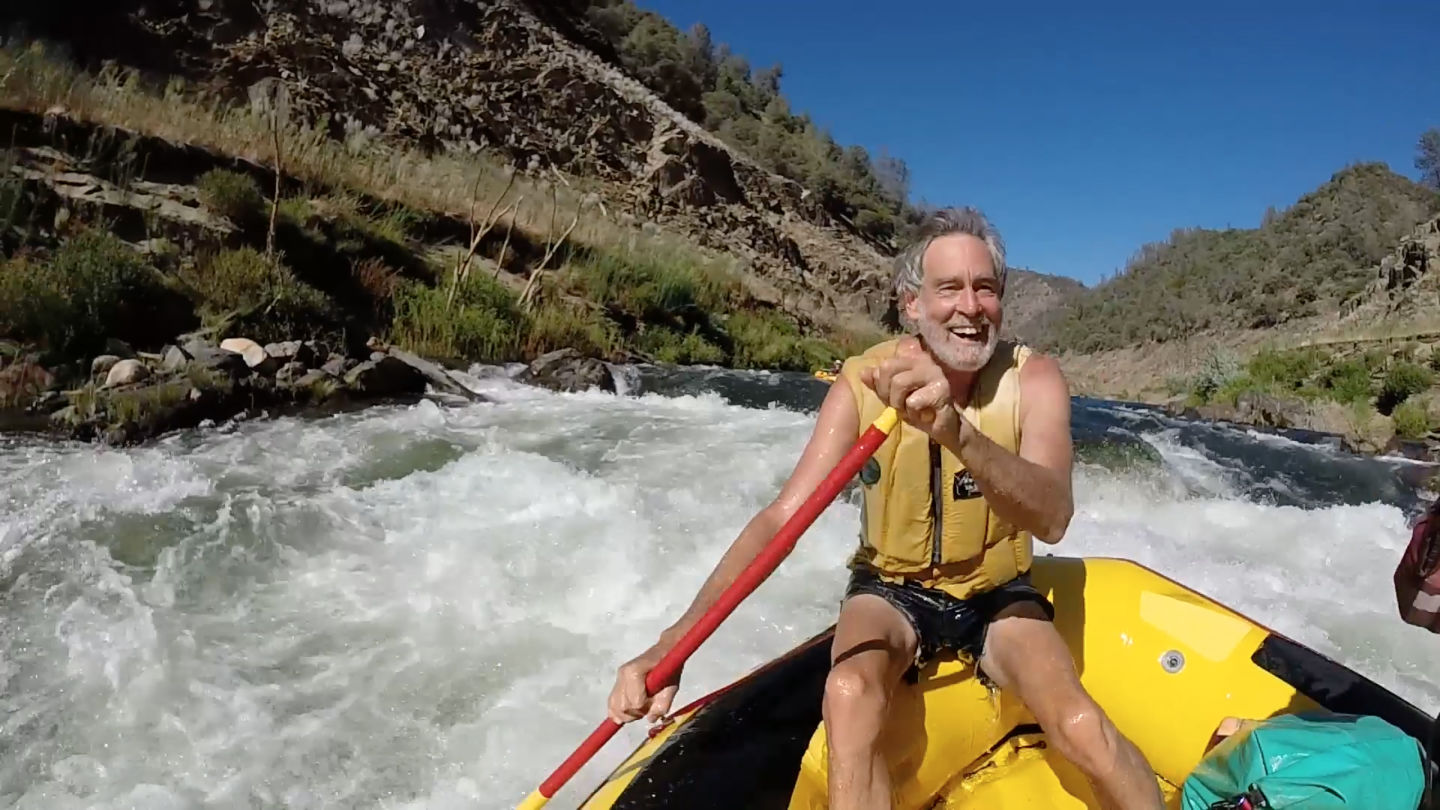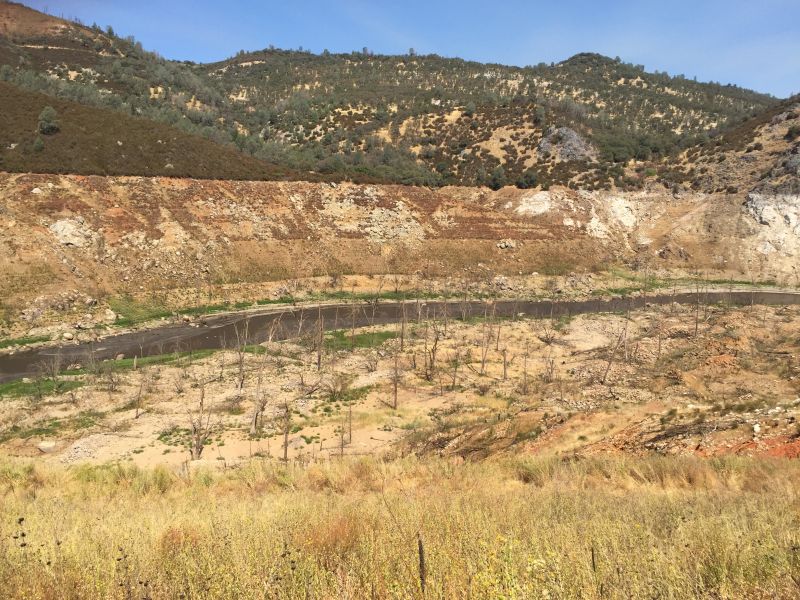At the time, the Stan was wildly popular among rafters and kayakers. It was the closest thing California could offer to a Grand Canyon-type of experience: towering limestone canyons and Class III whitewater — rapids with “inviting” names like “Death Rock” and “Widowmaker.” But for all the morbid imagery, it was the life of the river that attracted Dubois — and cemented his resolve.
“You know, turquoise waters dancing around,” he recalls. “The butterflies were dancing, the dragonflies were coming, the grapevines were reaching out, the wildflowers blooming, and in a moment, I just felt the life of that place.”
A few fellow activists joined Dubois in literally chaining their fates to the river canyon. The governor — Jerry Brown, as it happens — sent a plea to President Jimmy Carter to stop the filling.
It worked, for a while. After a week in the canyon, Dubois came out with a deal in place to preserve at least part of the river, by filling the reservoir only partway. They managed to delay the flooding for a year, but ultimately the waters came, driven by the pressure for more irrigated land and the torrential El Niño rains of 1982.
The nine-mile stretch of river, so beloved by so many, disappeared, bubbling back up only now that severe drought has exposed not only the rapids, but the memories and the grief.
“Losing a place you love is like losing a person you truly love,” says Cuclis. “It’s not a person but when it’s a place that has touched you, changed you, you feel a deep loss.”
Today, the river offers only faint shadows of what was; the canyon walls are scarred with high-water marks known as “bathtub rings,” and groves of skeletal Ponderosa pines, submerged for decades, still stand a ghostly vigil near the riverbed, newly exposed by receding waters.
As the same punishing drought revives the call for more water storage — and to some that means more dams — some of the new generation of activists have returned to the Stan for inspiration.
“I needed to see this place for myself. I needed to come see this,” said Eric Wesselman. He’s the current head of Friends of the River, a job that Dubois himself held when the organization was just getting started.
“I’ve studied the campaign,” he told me as he was preparing to run the river with Dubois and a coterie of river enthusiasts. “Organizers like me yearn for the opportunity to be part of campaigns like that because they’re special and they’re magical and so powerful and great things can happen.”
Things did happen. There’s little doubt that the Stanislaus campaign supercharged a national movement to save wild and scenic rivers, probably sparing the nearby Tuolumne River a major dam project.
But for Dubois, the gains are still hard to balance against what was lost. Even today, he gets choked up contemplating it. He knows that, soon enough, rain will return and his lost world will again vanish beneath the waters of New Melones Lake.



